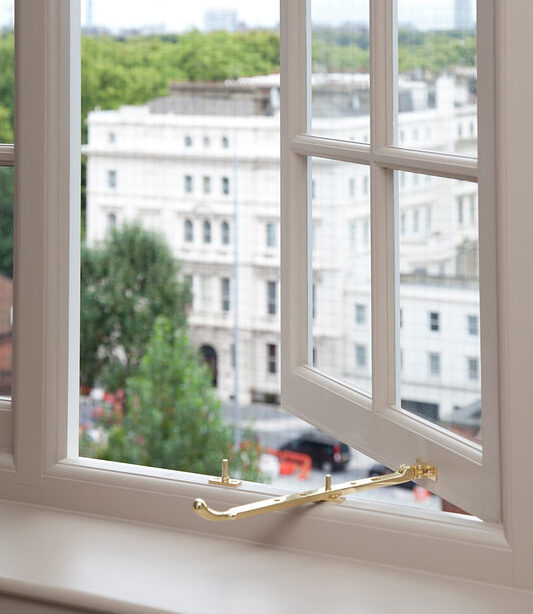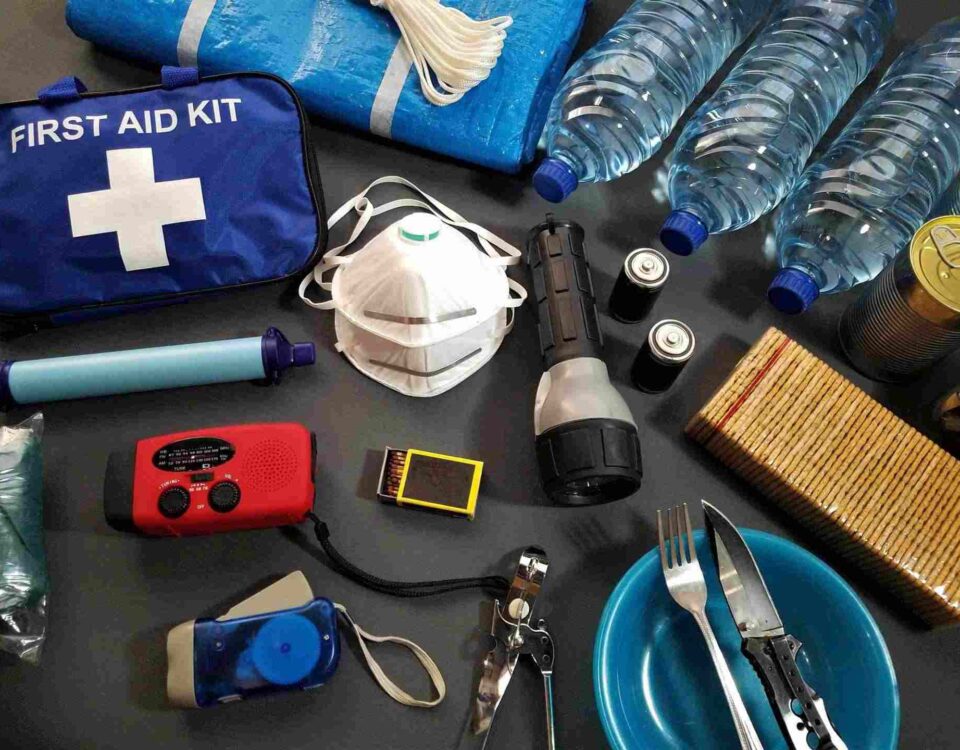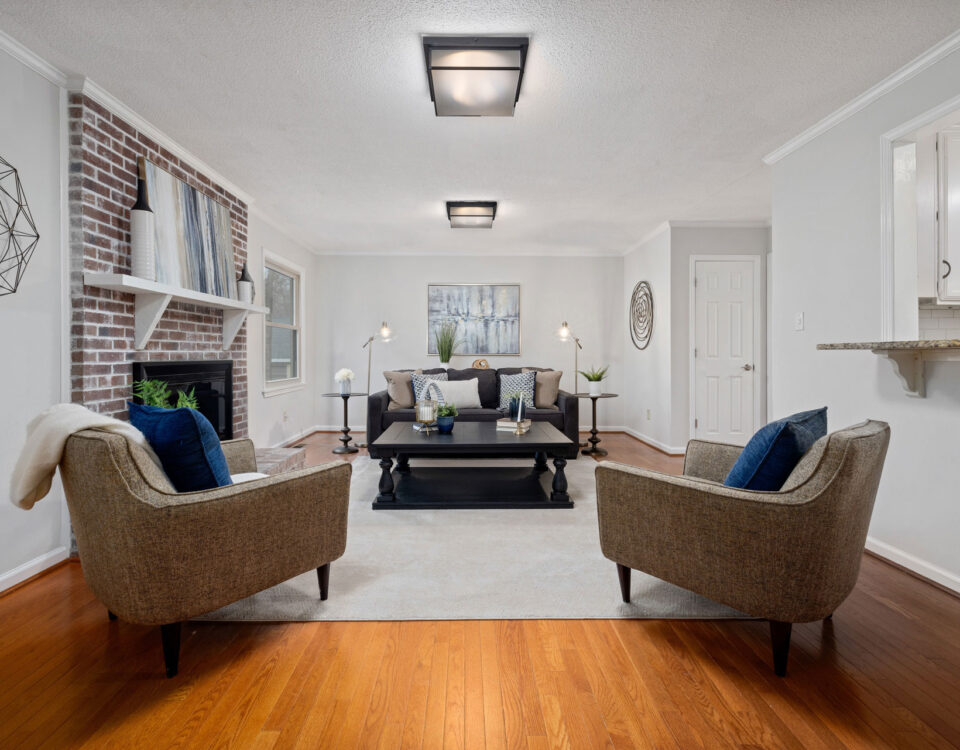Is Your House Making You Sick? 8 Steps to a Healthy, Non-toxic Home

Your Guide to Composting at Home, Sustainability Made Easy.
December 21, 2022
When Was Your Last Home Audit?
February 21, 2023
What makes a home toxic? There are a lot of secret toxins in your home. You can breathe better, feel healthier, and be happier by adopting a few new home habits. Here are steps to a cleaner and safer home.
1. Leave Shoes Outside:
An average pair of shoes can host up to 421,000 bacteria from 9 different strains. 96% of shoe soles contain fecal matter including E-coli.
Take off your shoes before entering your home. If you remember the places you walked and what you stepped on you might want to consider making your home a ‘no shoe’ zone. Shoes pick up a lot of dirt, pesticides and chemicals. Avoid tracking that into your home for loved ones or pets to pick up.


2. Use Less Plastics
Replace your plastic tupperware for glass. Some plastic containers are made with Bisphenol A
(BPA), a chemical used to harden plastic. Exposure to BPA has been found to cause cancer. It is safer and sustainable for the environment to use glass containers.
3. Try Sustainable, Environmentally Safe Cleaners
Many household cleaners contain chemicals, such as amonia and bleach, that are harmful to you and your loved ones. When used alone, these two chemicals are corrosive to body tissue, but together they produce deadly gases when mixed. Never store these two chemicals in the same place. There are green cleaners that are tough on dirt that are non-toxic to your household or environment. Check out these brands; Bom Ami, Dr. Bronner’s, and Ecover. Also, consider making your own non-toxic cleaners from ingredients in your home like vinegar, lemon, baking soda, essential oils and water. Check out these recipes, 20 DIY Natural Cleaners.
4. Upgrade Your Kitchenware
Like those plastic tupperwares, some of your kitchenware can contain toxic chemicals to keep them long-lasting. These chemicals and seals chip off over time and make it into your foods. Swap out ‘non-stick’ pots and pans for high quality cast-iron options. Not only will they last longer but they will be better for you! Also, consider new cutting boards made of wood rather than plastic.

5. Avoid Synthetic Air Fresheners
Everyone wants a good smelling home, but that doesn't mean you should pump chemicals in the air. Air fresheners are concentrated solutions of fragrances that may include toxic cheimicals, such as phthalates which are endocrin disrputors which can disrupt the body's own hormones. Air fresheners cause a lot of allergens and chronic illnesses. Instead, use essential oils and scented candles.

6. Improve Ventilation
Proper ventilation is important to keep humidity and dampness to a minimum. Excess moisture leaves room for mold and mildew to grow, causing health issues especially to those with asthma or allergic to mold. A stuffy nose, sore throat, coughing or wheezing, burning eyes, or skin rash are symptoms of mold/mildew exposure. Make sure you properly check for leaks in common places like bathrooms and kitchens and keep hidden spaces dry with proper ventilation.
7. Promote Clean Air
Bring in some indoor plants or invest in an air purifier to pull toxins out the air. Air purifiers whether it's from plants or a machine reduce airborne allergens like pollen and capture bacteria and viruses. To know which indoor plant to pick and its benefits read this article, here. Here are some good air purifier brands; Coway, Winix, Blueair and Levoit.
8. Clean Regularly
Clean regularly to reduce the toxins that make it into your home. Cleaning once or twice a week will make a difference and you will feel better that you are keeping your family safe. There are even gadgets out there that make cleaning easier! Robot vacuums and improved mop cleaners can help reduce the workload.

Picture Credits:
- "assorted-color pairs of footwear on brown wooden 2-layer shoe rack - Credit to https://myfriendscoffee.com/" by John Beans is licensed under CC BY 2.0.
- " Cast Iron Pans" by ☼☼Jo Zimny☼☼ is licensed under CC BY-NC-ND 2.0.
- "Glass food storage container" by Rubbermaid Products is licensed under CC BY 2.0.
- “Open Timber Casement Window” by thesashwindowworkshop is licensed under CC BY-ND 2.0.
- “Close-up of a man holding remote control of robotic vacuum cleaner to start cleaning” by wuestenigel is licensed under CC BY 2.0.




